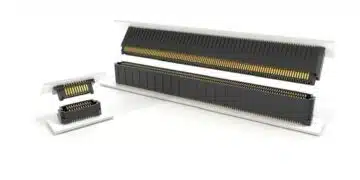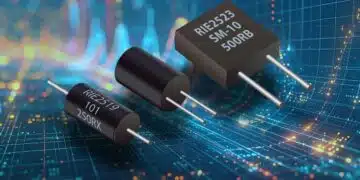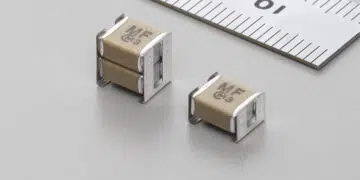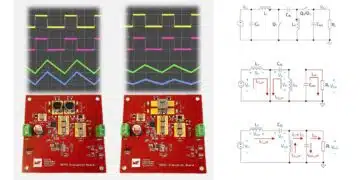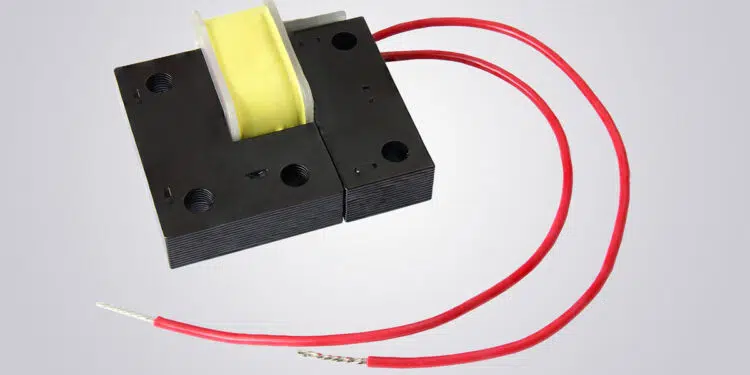Customizable Device Features a Compact, Two-Piece Construction and Operating Temperature Range to +105 °C for Rugged Commercial Environments.
Vishay Intertechnology, Inc. introduced a new customizable haptic feedback actuator for touchscreens, joysticks, and touch switch panels in commercial applications. Offering a compact, two-piece construction with mounting holes for easy installation and direct application of force, the Vishay Custom Magnetics IHPT-1411AF-AB0 delivers high impulse pulse and vibration capability for clear tactile feedback in noisy environments or anywhere a mechanical response to action is desired. With an operating temperature range to +105 °C, this haptic feedback actuator is ideal for rugged environments.
The IHPT-1411AF-AB0 is an electromagnetic device that converts electrical energy into a mechanical pulse or vibration for touch-based interaction that can be varied by power amplitude and duty cycle of the input voltage. The haptic coil assembly, when energized by a DC voltage pulse, creates a magnetic field that attracts the mounted dynamic core piece. When deenergized, the core piece is returned back to its original position by the customer-supplied spring assembly.
The device’s fast response time of < 5 ms can be varied to produce multiple high definition (HD) haptic effects with a nominal operating voltage of 12 V and a maximum voltage rating to 16 V. Typical end products will include LCD displays used in industrial appliances, building and factory automation and control systems, and electronic point of sale (POS) systems; medical monitoring, diagnostic, and surgical equipment; handheld radios; game or simulation controllers; and barcode scanners. Applications can also include rotary or joystick control devices, along with touch switch and button control panels.
The IHPT-1411AF-AB0’s simple bobbin and core components allow designers to lay out a spring and housing that is incorporated into the display mounting, eliminating the need for additional housing. The result is lower costs, a reduced component height, and higher force density than competing technologies, including linear resonant, linear wideband, eccentric rotating mass, and piezo actuators. Vishay additionally can provide a turnkey mounting device for the IHPT that includes return springs and mounting holes for quick implementation into the customer’s application.
The device released today can drive a 0.5 kg load to 6 g of acceleration with a 12 V, 5 ms pulse; competing technologies can only drive 0.1 kg to 0.2 kg to this level. The driving coil has an inductance of 1.8 mH, typical DCR of 0.95 Ω, and a coil to core dielectric withstand voltage of 150 VDC. RoHS-compliant, halogen-free, and Vishay Green, the actuator’s standard lead terminations are dipped in 100 % tin solder. Vishay can customize the IHPT-1411AF-AB0’s mounting orientation, termination types, and performance to any design’s specifications.
Samples and production quantities of the new haptic feedback actuator are available now, with lead times of 12 weeks.




